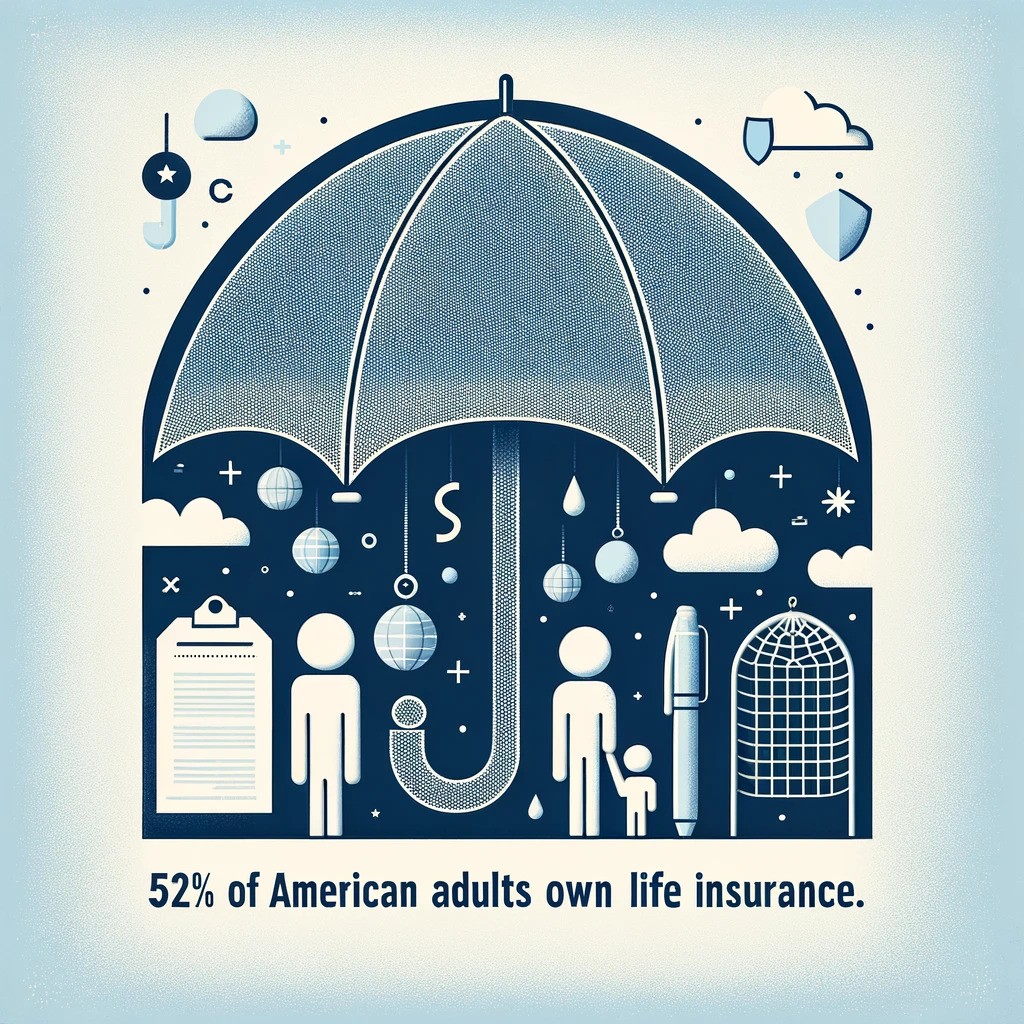
What is Personal Insurance?
Understanding the benefits of personal insurance is a good step in the right direction when protecting people and their families from losses they couldn’t afford to cover on their own.

Life insurance and the decision to enroll in a policy are decisions many people consider to protect their loved ones. The industry can be confusing to many. Here are some life insurance statistics that cover most of the facts that people might not know.


Insurance is beneficial and is encouraged for every individual because of the numerous benefits it can provide. These life insurance statistics show how putting off purchasing life insurance may prove to be a costly decision.
Browse our curated list of vendors to find the best solution for your needs.
Subscribe to our newsletter for the latest trends, expert tips, and workplace insights!

Understanding the benefits of personal insurance is a good step in the right direction when protecting people and their families from losses they couldn’t afford to cover on their own.

In the game of supply chain, distribution management is the key player that turns potential chaos into organized efficiency.

Understanding the pros and cons of using 401(k) as a first-time home buyer is crucial. Should using the 401(k) as a first-time home
buyer be considered as a last resort?

As webinars grow in popularity and convenience, we look at the tools that make them possible. Learn how to choose webinar software that’s reliable, user-friendly, and has all the right features.
Used by most of the top employee benefits consultants in the US, Shortlister is where you can find, research and select HR and benefits vendors for your clients.
Shortlister helps you reach your ideal prospects. Claim your free account to control your message and receive employer, consultant and health plan leads.